Last Friday at New York Comic Con, hidden from the swell of fans wandering artist alley, your intrepid reporter ducked behind the ominous black curtains of the Javits Center to get catch some face time with artist Wes Craig. Currently working on Deadly Class with Rick Remender and Jordan Boyd, Craig also puts in time with his own Blackhand Comics, a collection of which was published by Image last year.
Comics Beat: So let’s start by taking a look at your process on Deadly Class. Traditional vs. digital, and how you’ve evolved while working on the book.
Wes Craig: Yeah, so it’s almost all traditional. I like to get my hands dirty. I have friends that talk to me about how much faster it is if you work on a Cintiq or whatever but I haven’t been able to make the transfer. I don’t like drawing with my hand against the glass, I don’t like my eyes burning out on the screen, and I just like actually having the materials.
So it’s just bristol board, and most of the time I just use this Micron calligraphy pen that I haven’t seen most people use, but you can get a real fine line with it and also a big thick line. It’s like a brush but it doesn’t break apart as easily as the Micron Sakura. So I mostly use that and some fine line stuff. It’s all traditional except for the occasional Photoshop touch-ups and I use Sketch Up a little bit because I hate drawing cars. I hate to admit that, but sometimes I cheat with the Sketch Up and the cars. And Saya’s tattoos, too. After a certain amount of times drawing those, I made a Photoshop layer that was the full body art of hers, so I’ll layer that on top of the drawing.
My process hasn’t evolved much other than getting into Sketch Up and a little Photoshop that I mentioned. Nothing’s really changed, I’m just more comfortable with the characters now. Like I look at how I drew the characters in issue #1 and Marcus doesn’t really look like that anymore, but in terms of how I work, it’s all the same as when I started.
CB: So you hate drawing cars – what do you love to draw?
WC: I love drawing Master Lin – I love drawing craggy faces. They’re all young in the comic, so maybe it’s the contrast thing of being able to draw an old, wrinkled face every once in awhile. Those are always fun.
This is probably just a laziness thing, but I like organic shapes like trees, hills, and the body. Again, I hate drawing technical things, so it’s unfortunate that I’m working on Deadly Class because I hate drawing guns! But I like drawing knives and stuff like that. I just hate mechanical things with a lot of moving parts that have to look a very specific way with a very specific perspective on them. Architecture I also like, even though it’s very technical, because there’s a beauty to it that I can enjoy – especially since this story is set in San Francisco. It’s a cool looking city.
CB: Color plays a big role in the mood of the book. Is that something you have to consider when doing your panels?
WC: Yeah, it is. Generally speaking, I try not to think about it too much. Rick gives me a lot of room to breathe and do my thing, and no force me to do exactly what he says in the scripts – his scripts are very loose. So I want to do the same for the colorist.
Jordan Boyd is the colorist now, and he uses Lee’s style with very flat colors, but now he’s bringing in his own flare, while also keeping to our flat palette. I get to color the covers, though. That’s the one time I get to color.
CB: It sounds like coloring is something you enjoy. Would you prefer to color the book yourself, if time wasn’t a factor?
WC: I do enjoy it, and I would color it. Blackhand Comics is the comic I do on the side. I’m a control freak, really. I just have to force myself to let Deadly Class be what it is. It’s a monthly book – it’s not going to be perfect. But with Blackhand, I don’t give myself a deadline, and so I color and mostly hand-letter it, and it takes as long as it takes. If it’s not ready at the end of the month, it doesn’t matter.
But yeah, I love coloring. It’s such a huge part of the storytelling.
CB: Your fight scenes are super dynamic and a real pleasure to read. They really convey a natural action and flow of movement from the characters. How do you approach doing them?
WC: Well especially in that first issue, I was looking to make an impact. Rick’s a big name and I wanted to make my contribution – I wanted to stand out in some way. So I saw he wanted to do a big, long chase scene. You don’t get many opportunities to do that, and the first issue was extra long because of it.
In my spare time I like to fill up sketch books with things that are sort of hard to pull of in comics? Like, motion and a musical rhythm, mastering the timing, all that stuff. So I had all these sketchbooks, and Rick wanted this fight scene, so I looked at every note I had on how to do a dynamic chase scene – one that will make you feel like there’s real emotion in the page or in your head. I was experimenting with flow as well, and going back to the well if it didn’t work out.
CB: Deadly Class is a pretty dark book. When it comes to the gorier scenes, do you come at them full-on, or do you find yourself having to push yourself to do more or less?
WC: That’s the hardest thing to figure out, for me. I’m a pretty peaceful person, and I don’t really like to draw that stuff. I used to draw Texas Chainsaw Massacre back in the day, and that was… The one thing about Deadly Class is that there’s going to be violence, but I don’t want to make it seem cool. Which maybe I do, maybe I fail at that sometimes. But if a teenager kills someone, I don’t want it to read like, “Oh, look at how badass that is.” I want them to kind of know that they did it in the moment, and now they feel sick about it or something. But that’s a tough thing to do.
There’s the old Hitchcock thing of seeing the axe rise in the air, but when you see the swing come down, you don’t actually see the aftermath. It’s the impression of violence. But then there’s the full-out gore, and I’ve thought I’d show the acts literally in this person’s head. I’m not sure which is better, but maybe if you’re going to show violence you should show how gnarly and disgusting it can be, and the reader shouldn’t think it’s cool.
Of course, there’s a certain beauty to fighting and all that – a certain ballet to it – but at the same time I don’t want a kid to read that and think, “Look at how cool it is that these kids are assassins.” I don’t want them to seem cool, especially when they’re actually leading a pretty rough life.
CB: So how do you stay on track with this book, inspiration-wise? How do you get yourself excited again if you ever find yourself falling off track? Is there a well you draw from?
WC: Yeah, I can get distracted. You know, sometimes you wanna have music on, but then sometimes you have to just turn everything off and remember your enjoyment of drawing, instead of just like, happening to be drawing while listening to a youtube clip or whatever. Really be into it 100%. But when the well is low, for Deadly Class, it’s going back to what was around when I first walked into a comic shop in the 1980’s. It was all Akira, and Moebius and David Mazzucchelli doing Daredevil and Year One on Batman.
I remember one of the first things I bought myself was Will Eisner’s The Spirit, and it was getting reprinted by Kitchen Sink Press, and so it was old stuff, and foreign imports – the independent market was just starting – it was a really good time for comics.
I know I’m forgetting so many comics… Frank Miller is such a huge, huge influence. His stuff on Ronin is a big deal for me – I go to Ronin a lot for the storytelling, and Dark Knight Returns for those 4×4 panel grids. Thats a big influence on what I do in Deadly Class.
CB: So are these characters that you enjoy spending a lot of time with? Have you become very attached to them – even the terrible ones?
WC: Yeah, I do. I feel like they’re pretty real at this point. I know when Rick tells me what the story is, we both know when it’s a false note. From Rick’s point of view it’s more character motivation stuff, and from mine it’s more like knowing what facial expression or posture they would strike in different situations. One day when it’s wrapped up, it’ll be a bummer when I’m not doing them anymore.
CB: Is there an end in sight for you on this book, then?
WC: Yeah, but not anytime soon. It’s hard to say, because when Rick plans one issue it turns into three, and there are a few different paths we could follow, so it’s hard to know where it will end up. But it should end around the early to mid-30’s. Like a Scalped or a Criminal. Seems like a good amount of issues for one perfect story.
CB: I’ve always found it interesting how differently creative teams think about the “perfect length” for a story. Some teams do very well getting into the 60’s and some like to keep it around 12.
WC: That’s actually the one thing that’s hard for me with Deadly Class, because I do have other ideas and I also write, so I knew going into this that they were going to be on the back burner for an extended amount of time. You’ve really got to be into what you’re doing. It’s great to draw comics, but in the way that voice in your head says, “You should be doing your own thing,” you really have to be sure that what you’re doing day to day is enjoyable.
CB: Thanks so much for talking with The Beat, Wes!
Deadly Class Volumes 1-3 are available now from Image Comics.
Deadly Class #17 is set for release 12/16/15 Item Code: OCT150523
Blackhand Comics is also available now from Image Comics.


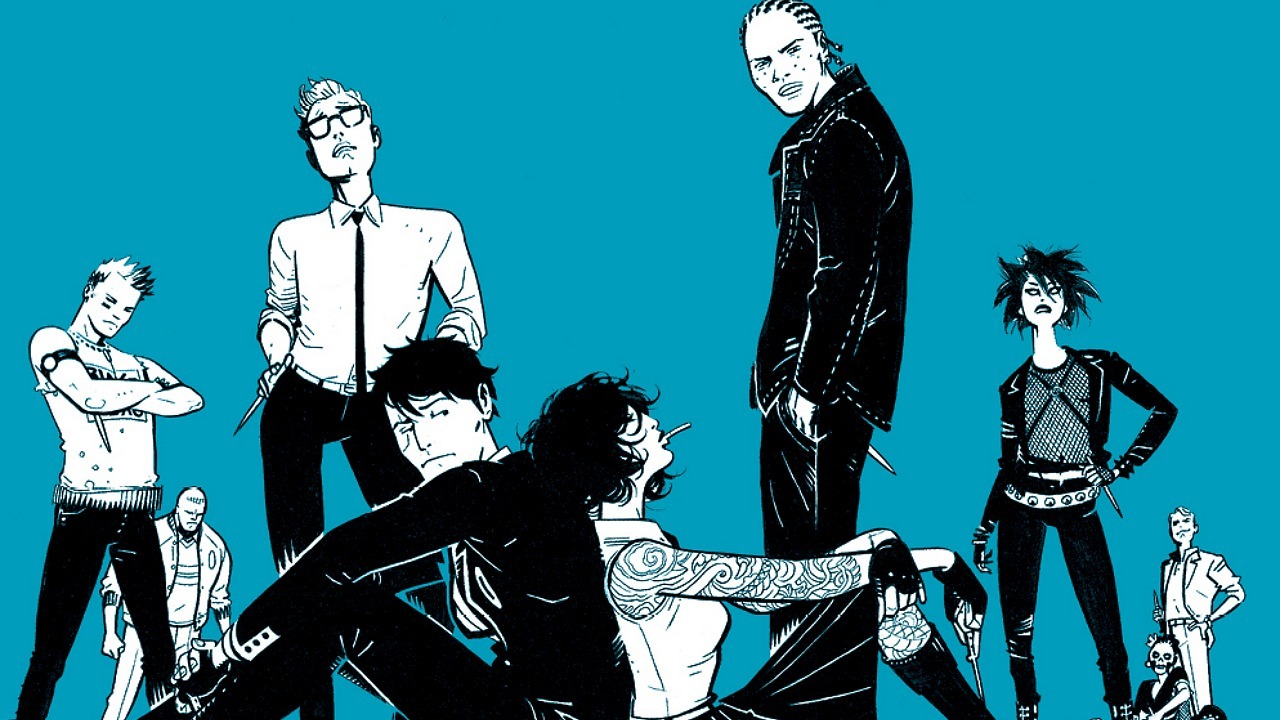

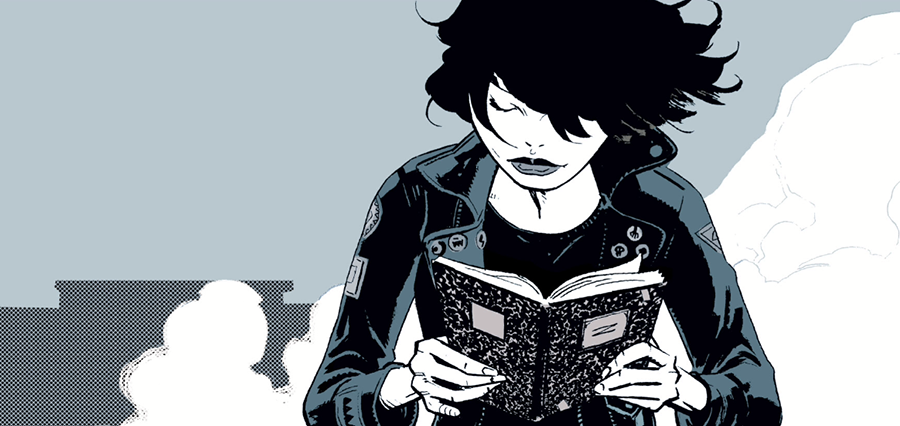
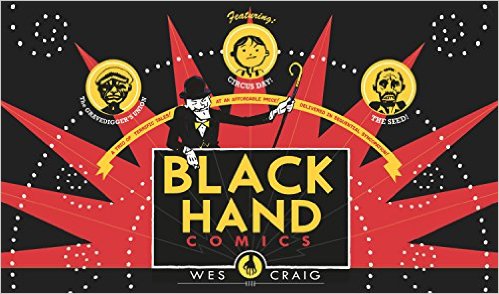
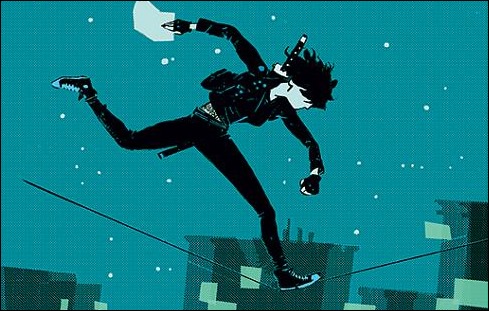
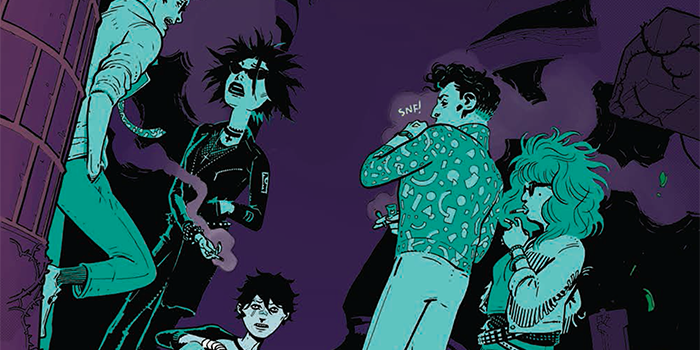
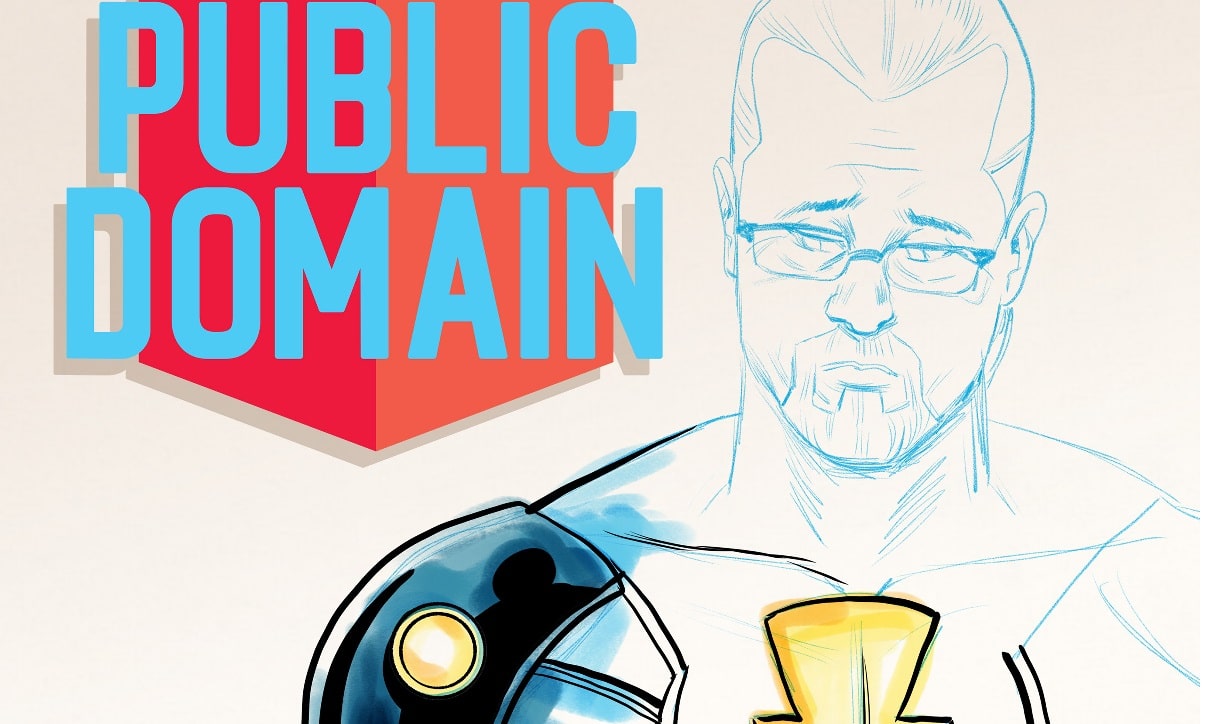
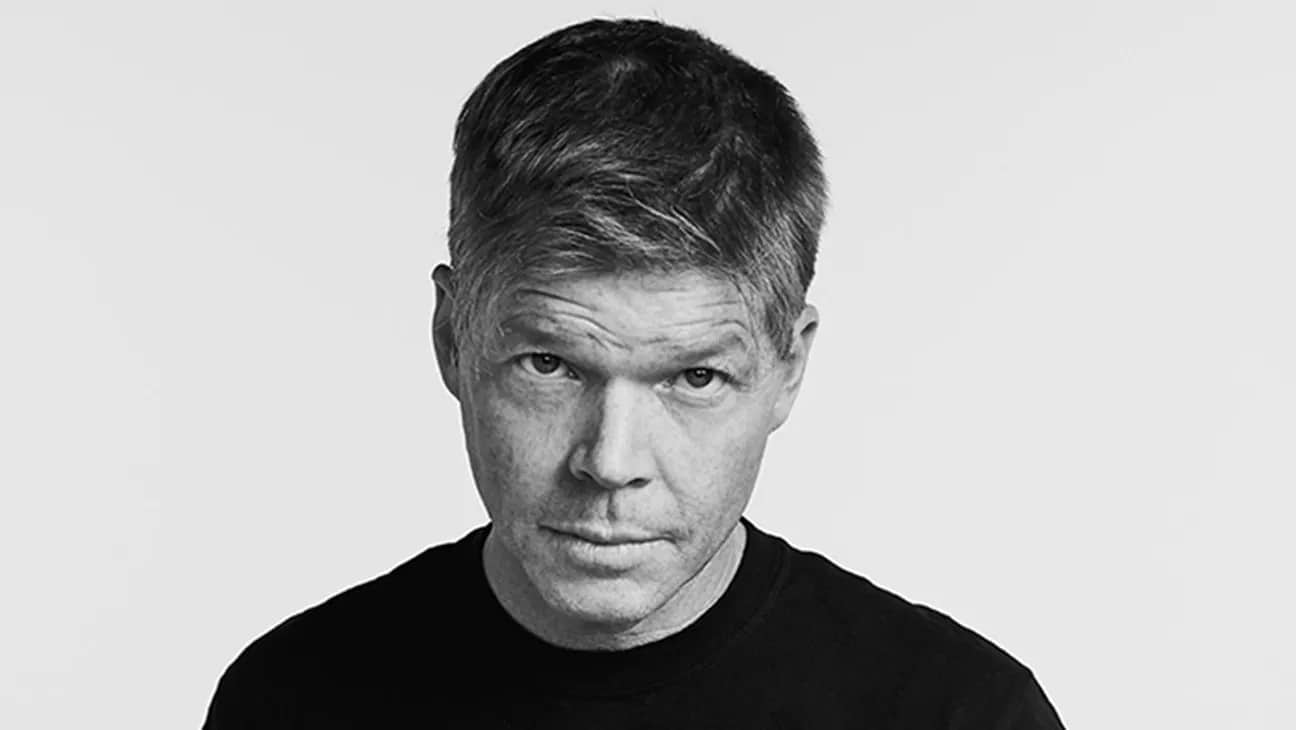
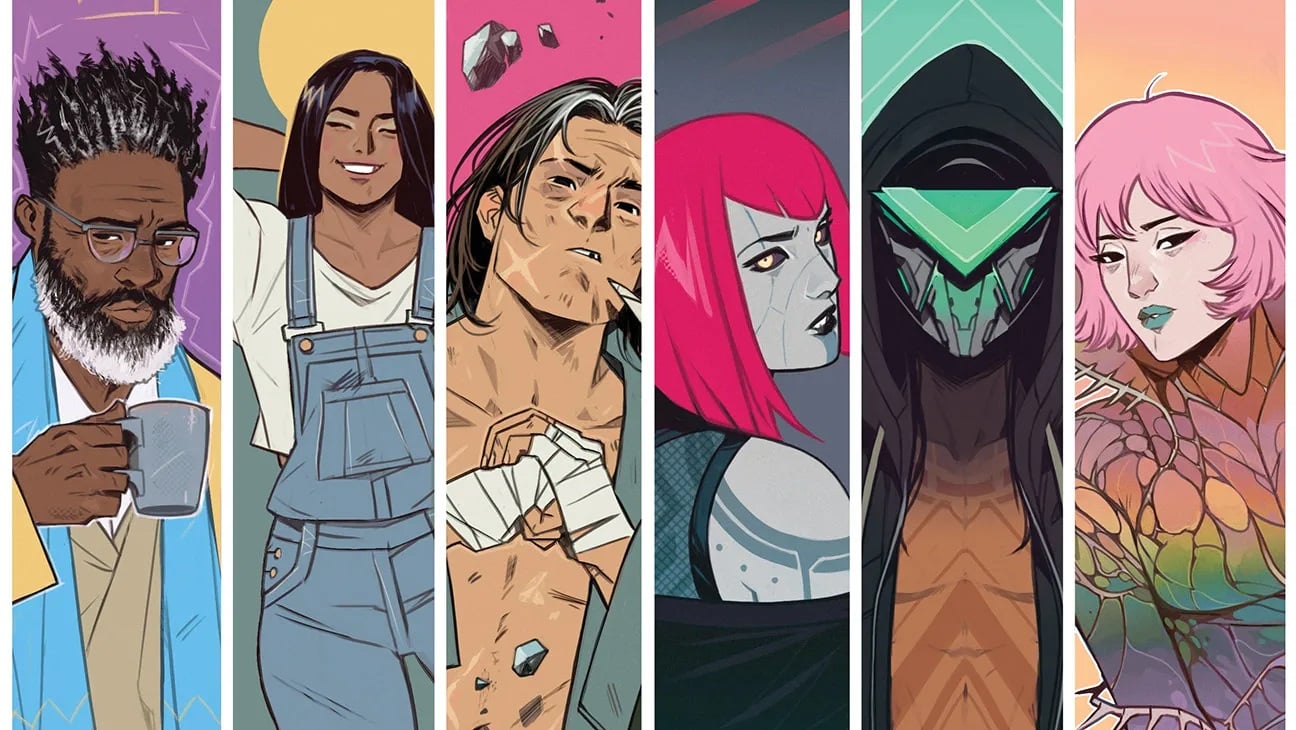



I love Deadly Class! Hearing it ends in the mid-30s is a bit of a shame…but at least that means I’ll get about another 2-3 years of stories!
Wes Craig is a beast. One of the best artists working in comics today. World class work.
Comments are closed.